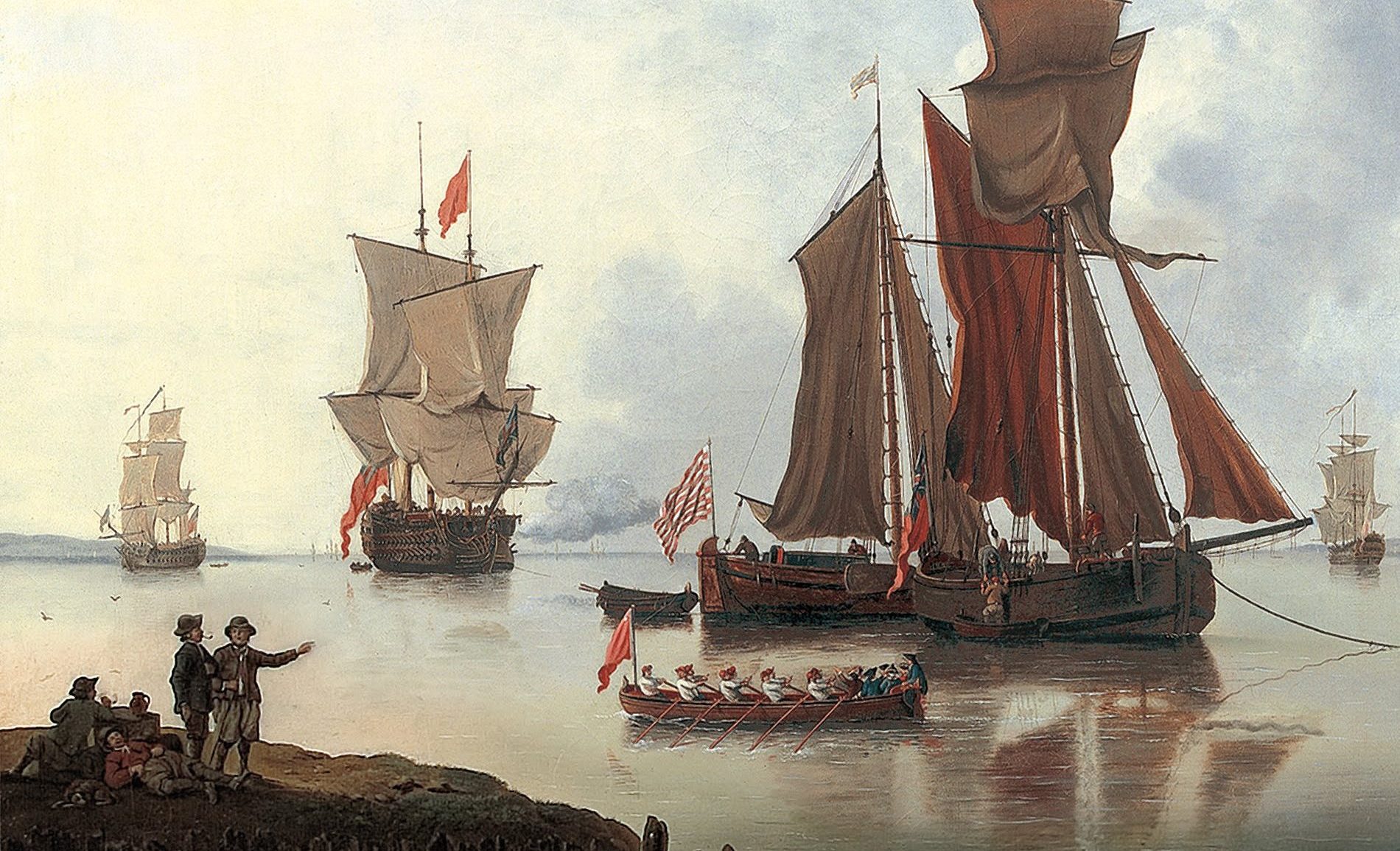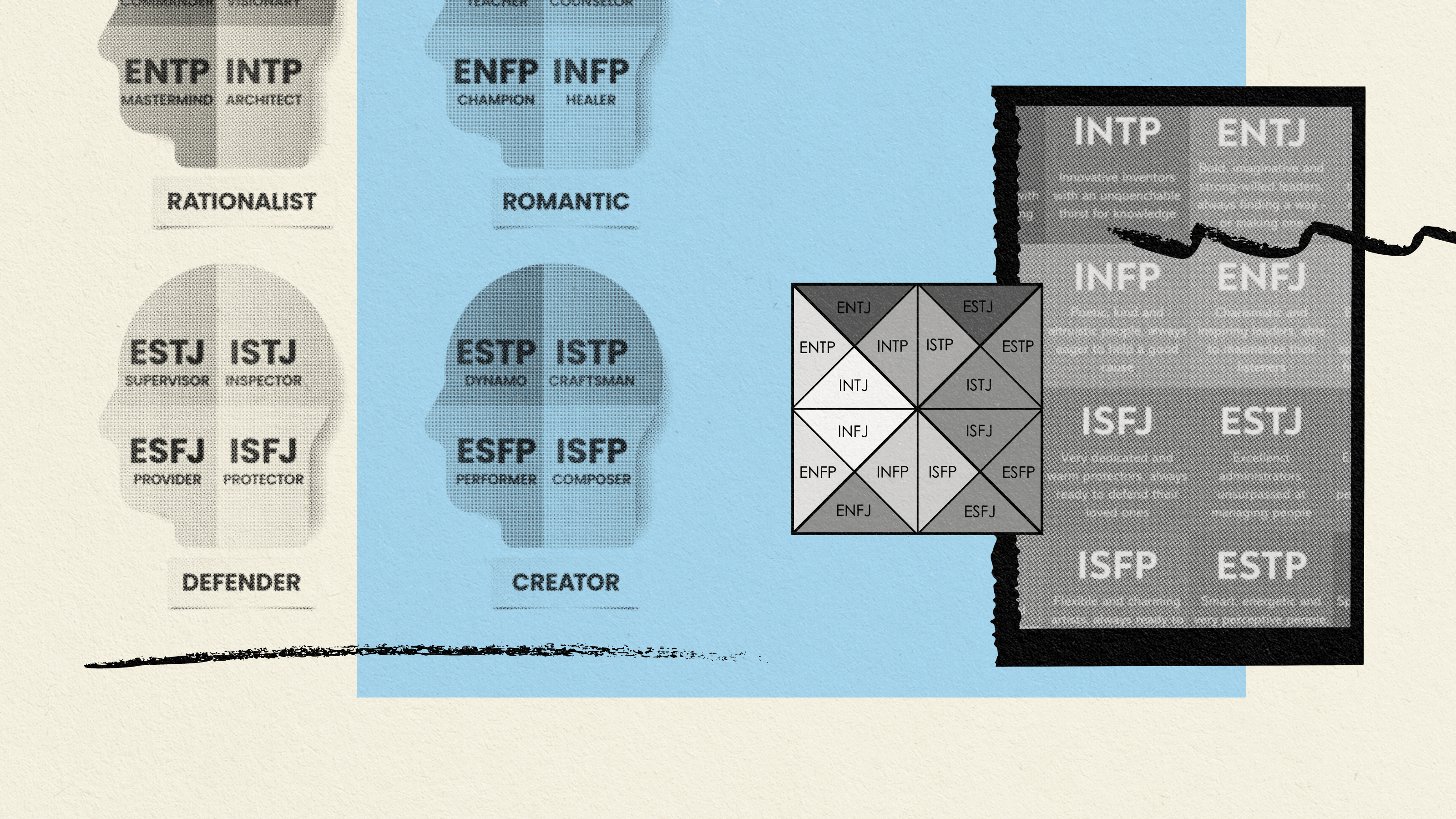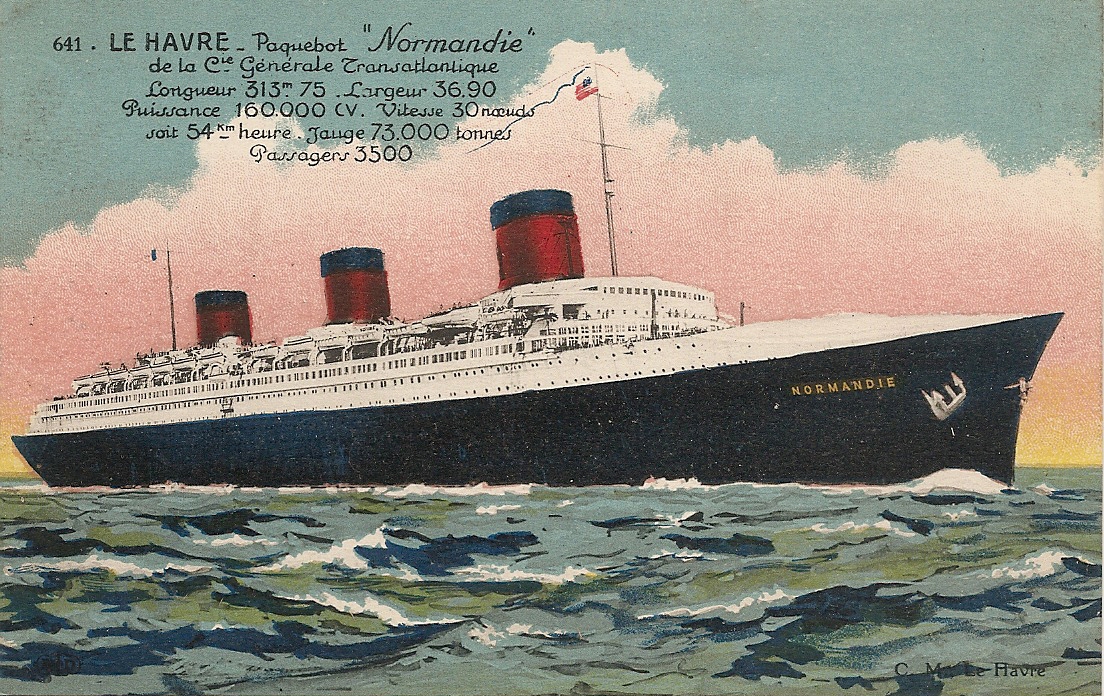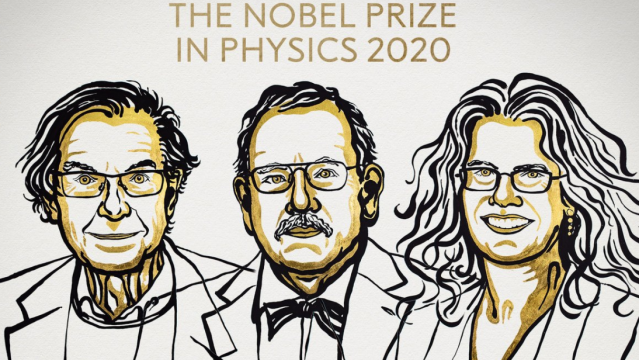Typeface matters: Donations go up depending on typeface choice

Credit: Drazen / Adobe Stock
- Ohio State University researchers found that the right type choice drives up donations in the hospitality industry.
- Warmth-focused versus competence-focused messages were matched with handwritten or machine-written typefaces.
- This research could help restaurants and hotels make targeted design choices as they struggle to survive.
Want people to take your business seriously? You might want to rethink using the Papyrus on your business card.
The medium is the message, even when it comes to choosing a typeface. That’s the consensus from Ohio State University researchers behind a new study, published in the International Journal of Contemporary Hospitality Management.
Huiling Huang and Stephanie Liu, in the Department of Human Sciences, wanted to understand effective corporate social responsibility (CSR) marketing. They pitted two different messages—warmth-focused versus competence-focused—and two different typeface styles, either handwritten or machine-written.
CSR initiatives are important social and brand drivers in hospitality. Restaurants and hotels donate a percentage of sales or ask for contributions outright for causes they want to align with. This charitable endeavor raises money for organizations while making consumers feel like they’re contributing to something important—a feeling that’s (hopefully) transferred to the business sponsoring the event.
The authors cite Chili’s raising over $72 million in customer donations for St. Jude Children’s Research Hospital since 2002. The restaurant chain uses the tagline “the power to fight cancer is in your hand” as a call-to-action at their locations.
The researcher notes that CRS marketing is even more important in hospitality during the COVID-19 pandemic.
“Based on the global Edelman Trust Barometer report, 81% of consumers consider a brand’s involvement of CSR as the deciding factor of buying from the brand during COVID-19 and 65% claim that organizations’ responses to this crisis will greatly influence their brand choices in the future.”

Credit: Amador Loureiro on Unsplash
When done right, social responsibility gives back—to the charity and the business. And, as this research shows, something as simple as typeface choice matters.
Donors were one-sixth more likely to give when the typeface matched the message. In this case, that meant “warmth-focused” messages were handwritten while “competence-focused” initiatives were machine-written.
Interestingly, the researchers also asked respondents if they trusted the organization—in this case, the focus was restaurants—more when the message and typeface matched up. Typeface choice matters here as well.
Warmth-focused messages tend to emphasize care, friendliness, and love, whereas competence-focused messages appeal to efficiency and effectiveness. Using a machine-written typeface for a blood drive, for example, increased people willing to become a blood donor—you want a competent person sticking a needle into your arm—while donations to blood drives increased with handwritten marketing.
More than anything, this research points to trustworthiness. As the authors conclude, “findings from the moderated mediation analyses reveal that brand trust is the psychological mechanism underlying these effects.”
This is especially important information for the hospitality industry, which is one of the hardest hit by the pandemic. One blog has been keeping track of all the permanent restaurant closings in New York City, and it’s not pretty. If ever a time for supporting local businesses mattered, we’ve reached it.
If something as simple as a typeface matters, use it in your marketing. For many, this is now a matter of survival.
—
Stay in touch with Derek on Twitter, Facebook and Substack. His next book is “Hero’s Dose: The Case For Psychedelics in Ritual and Therapy.”





